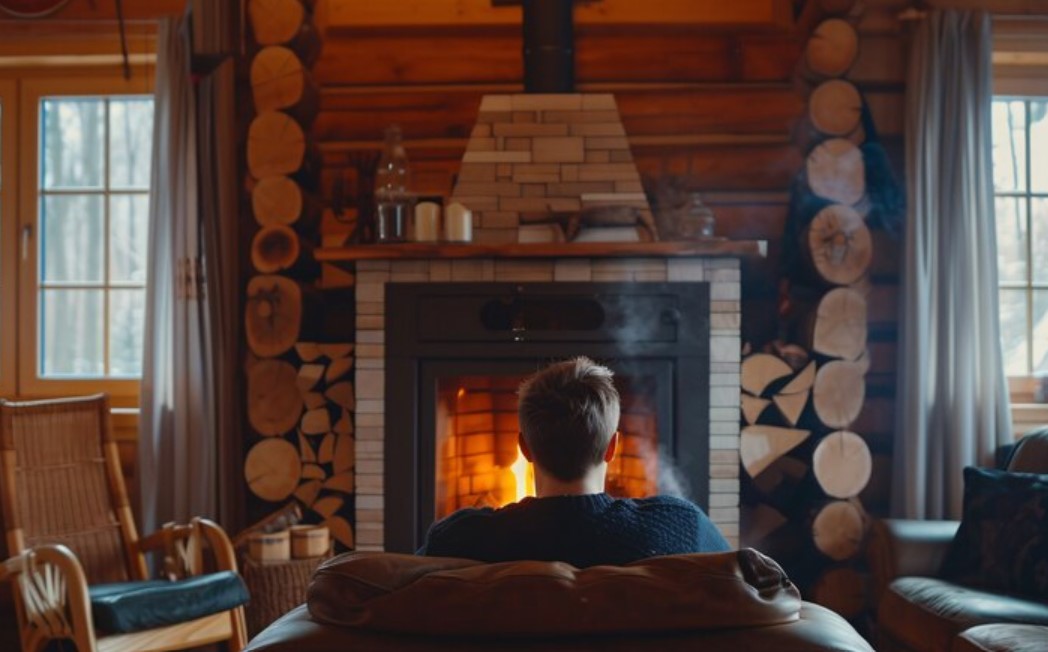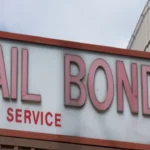There’s nothing quite like cozying up by a roaring fire on a chilly evening. But while your fireplace might be the heart of your home, it’s also a key area that requires regular maintenance. Enter chimney cleaning—a task that often slides down the priority list until you’re left wondering, “Wait, when was the last time this was done?” If this sounds familiar, you’re not alone.
Regular chimney cleaning isn’t just about keeping things tidy; it’s essential for safety and efficiency. But how frequently should you actually schedule a chimney cleaning? This guide breaks it all down, so you can keep your home warm, your family safe, and your wood-burning sessions worry-free.
Why Chimney Cleaning Matters
Chimney cleaning is not just about aesthetics (though a soot-covered chimney isn’t exactly charming). The real issue lies with creosote—a byproduct of burning wood or fuel. This sticky, tar-like substance can build up over time, and when it does, it becomes a serious fire hazard. According to the National Fire Protection Association (NFPA), creosote buildup is the leading cause of chimney fires.
Here are a few key reasons you should pay attention to chimney cleaning:
- Safety First: Creosote buildup and blockages can lead to chimney fires, carbon monoxide poisoning, and other health risks.
- Improve Efficiency: A dirty chimney lets less air flow through, which impacts the performance of your fireplace or heating system.
- Extend Chimney Lifespan: Regular cleaning helps prevent wear and damage.
- Lower Repair Costs: Spot issues early—like cracks or blockages—before they develop into costly repairs.
Knowing these facts makes it clear why chimney cleaning isn’t something to skip. But just how regularly should it be done?
The General Rule of Thumb
The NFPA recommends having your chimney inspected at least once a year. Whether or not it needs a full cleaning will depend on how much you use it. Here are some common guidelines:
1. Heavy Fireplace Users
If you use your fireplace frequently (think several times a week during cold months), aim to have your chimney cleaned at least once a year. This is particularly true if you burn wood, since wood creates more creosote buildup than other fuels.
2. Occasional Users
Only enjoy the occasional fire? You may not need a full cleaning every year, but a professional inspection can determine whether a cleaning is necessary.
3. Gas Fireplaces
While gas fireplaces produce less creosote, that doesn’t mean they’re maintenance-free. Blockages, debris, or venting issues can still occur, so scheduling an annual inspection is a wise move.
4. Older Chimneys
If your property has an older chimney, it may require more frequent attention. Over time, cracks and deterioration can create hidden hazards. A professional cleaning often comes with a thorough inspection to flag these issues early.
Factors That Impact Frequency
While the guidelines above are a good starting point, specific factors can influence how often you need chimney cleaning. Consider the following:
- What You Burn: If your primary fuel source is wood, the type matters. Hardwoods like oak and maple burn cleaner and produce less creosote compared to softwoods like pine. If you’re burning unseasoned or damp wood, creosote buildup will happen faster.
- How Often You Burn: Naturally, the more you use your fireplace or stove, the quicker deposits will accumulate.
- Chimney Type: Masonry chimneys and metal liners can have different cleaning requirements. Metal chimneys, for example, are generally easier to clean but still require consistent attention.
- Home Location: Live in a windy or wooded area? Debris like leaves, twigs, or even animal nests can block your chimney, requiring more frequent cleanings.
Warning Signs Your Chimney Needs Cleaning
Apart from sticking to an annual inspection schedule, it’s smart to keep an eye out for signs your chimney needs attention sooner. If you notice any of the following, it’s time to call a professional:
- Strong Odors: A musty or smoky smell when your fireplace isn’t in use is often a sign of creosote buildup.
- Smoke Backup: If smoke lingers or backs up into your room, your chimney may be clogged.
- Excessive Soot: If you see a thick, dark residue on the walls of your chimney, it’s time for a cleaning.
- Decreased Fireplace Performance: If your fires don’t seem to burn as well or go out faster, reduced airflow due to chimney buildup could be the culprit.
DIY Chimney Cleaning vs. Calling a Pro
For the DIY enthusiasts out there, chimney cleaning might sound like a job you can handle on your own. While there are tools and kits available, chimney cleaning is often best left to the pros. Here’s why:
- Professionals have the right equipment and skills to clean thoroughly.
- They can spot cracks, leaks, or other damage that you might miss.
- Working on a roof or climbing into a chimney can be dangerous without proper training.
That said, light maintenance—like removing small amounts of soot and checking for obvious blockages—can be done between professional inspections to keep things in check.
Tips for Maintaining Your Chimney Year-Round
While scheduling cleanings is crucial, taking care of your chimney throughout the year can make a big difference. Here are a few tips:
- Burn only dry, seasoned wood to minimize creosote buildup.
- Install a chimney cap to prevent debris and animals from entering.
- Regularly check the chimney flue for blockages.
- Keep the area around your fireplace clean to reduce dust and soot.
Stay Safe and Warm with Regular Chimney Cleaning
Chimney cleaning might not be the most glamorous task on your home maintenance checklist, but it’s definitely one of the most important. Whether you’re a homeowner with a wood-burning fireplace, a DIY enthusiast trying to keep things in tip-top shape, or a property manager looking out for multiple tenants, scheduling regular chimney cleanings is vital.
By following these guidelines, you can enjoy a safer, cozier home without worrying about dangerous creosote buildup or other chimney issues. Want to make sure you’re on track? Start with an annual inspection and go from there. Trust us—your chimney (and your peace of mind) will thank you.











